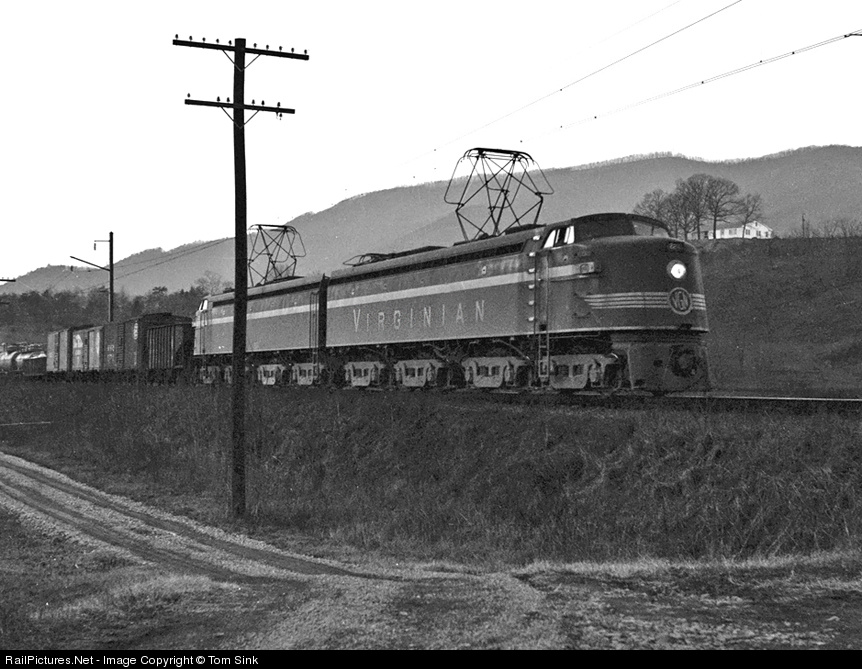JonMyrlennBailey
Well-known member
Where are we going to get clean electricty to run trains even across the Continental Divide?
https://www.youtube.com/watch?v=OI1ctMHnrfY
PS - Why is Amtrak taking 25 minutes switching out locomotives between electrified and non-electrified lines? Can't trains be made to run on either diesel electric or electrified lines without switching anything out?
D/E engines already have electric traction motors on board. They just need a movable pickup trolley to activate and deactivate between lines.
Yes, there is as a matter of fact!!
https://en.wikipedia.org/wiki/Electro-diesel_locomotive
An electro-diesel locomotive (also referred to as a dual-mode or bi-mode locomotive) is a type of locomotive that can be powered either from an electricity supply (like an electric locomotive) or by using the onboard diesel engine (like a diesel-electric locomotive). For the most part, these locomotives are built to serve regional, niche markets with a very specific purpose.
https://www.youtube.com/watch?v=OI1ctMHnrfY
PS - Why is Amtrak taking 25 minutes switching out locomotives between electrified and non-electrified lines? Can't trains be made to run on either diesel electric or electrified lines without switching anything out?
D/E engines already have electric traction motors on board. They just need a movable pickup trolley to activate and deactivate between lines.
Yes, there is as a matter of fact!!
https://en.wikipedia.org/wiki/Electro-diesel_locomotive
An electro-diesel locomotive (also referred to as a dual-mode or bi-mode locomotive) is a type of locomotive that can be powered either from an electricity supply (like an electric locomotive) or by using the onboard diesel engine (like a diesel-electric locomotive). For the most part, these locomotives are built to serve regional, niche markets with a very specific purpose.
Last edited:

